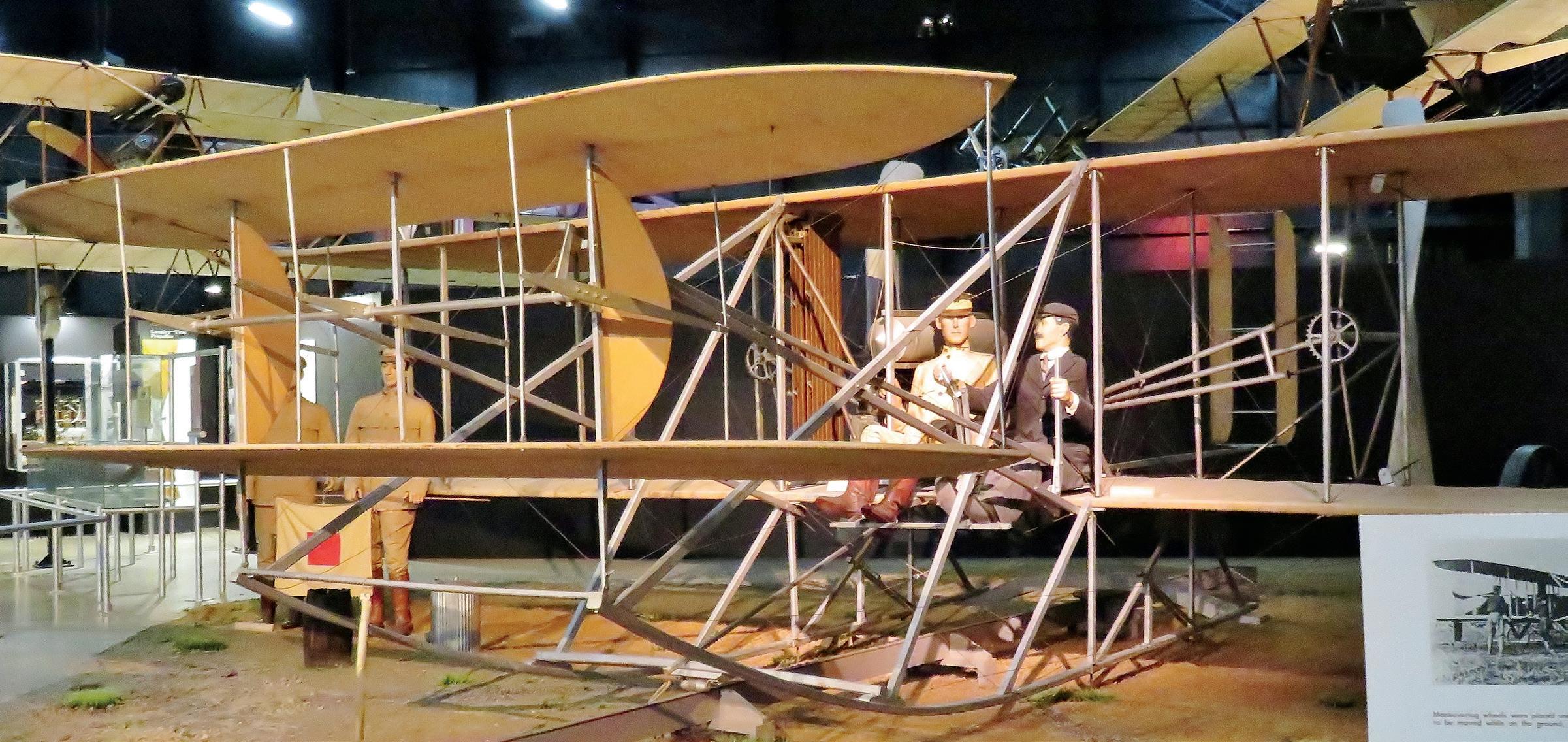
1 minute read
Help protect our poles
Utility poles play an important role in delivering reliable power to members. It takes more than 22,000 poles to provide electricity to the 11,500 homes and businesses
Butler Rural Electric Cooperative serves. That’s why it’s critical for us to protect and maintain them.
It’s illegal to attach anything to utility poles
Wind and storms have an obvious effect on utility poles, but other elements can also have negative consequences. Excess moisture, insects, and woodpeckers can cause poles to deteriorate. People can be harmful to poles, as well. Anytime a nail, staple, or other fastener is attached, it creates an additional pathway for water and insects to access and weaken the pole. Attaching yard sale signs, solar-powered automatic gate openers, deer stands, flags, and basketball hoops to poles can lead to damage and they will be removed by the cooperative’s employees.
In addition to reducing the life of the pole, unauthorized attachments can pose a hazard to lineworkers. Nails, tacks, and screws can tear their essential protective gear, like rubber gloves or flame-resistant clothing, exposing workers to the risk of electric shock. Signs are also dangerous for the public because they can block the view at busy intersections.
Poles are inspected regularly
American Energy Services, the cooperative’s contractor, will examine roughly 2,400 poles serving our Mill Substation this year. A substation is where a transformer and other equipment is located. At the substation, 69,000 volts come into transformers, which step the voltage down to 7,200 volts. Then, electric lines distribute the electricity throughout our system. Butler Rural Electric Cooperative has 16 substations.
The Mill Substation serves members in central, west, and south Gratis Township; north, north central, and northwest Wayne Township; east and southeast Somers Township, and Deer Run Campground.
An annual investment
At a cost of $10.50 to inspect each pole, Butler Rural Electric Cooperative will spend more than $24,000 this year to ensure our poles can deliver the reliable electricity you expect from us.
To check their condition, poles are exposed just below the surface and examined for decay or damage. Those that show signs of damage are placed on the co-op’s list to repair or replace, depending on the nature of the problem. Poles to be replaced will be marked with red ribbons.
The average cost to replace a pole is $4,200 per pole, which includes labor and materials. The cooperative will spend $525,000 on pole replacement in 2023.
Regular inspections, along with avoiding unapproved attachments, helps prolong the lifespan of utility poles. A well-maintained pole can last 30 to 40 years — sometimes even longer — and allows Butler Rural Electric Cooperative to continue providing the power you depend on.










